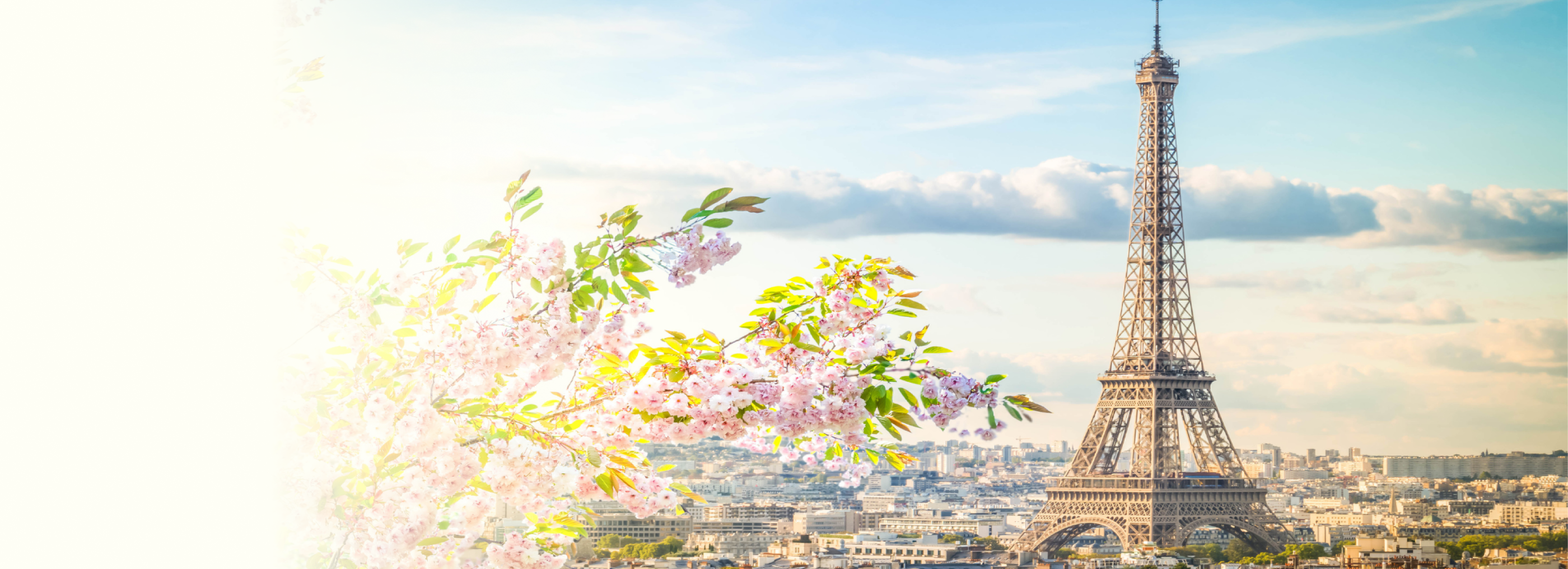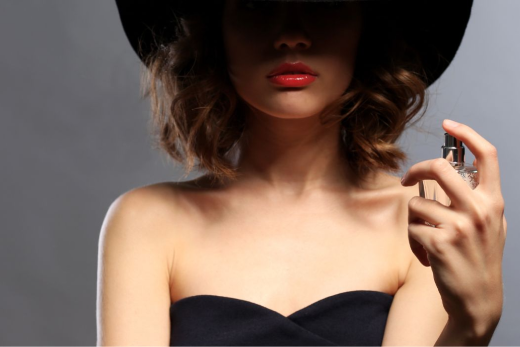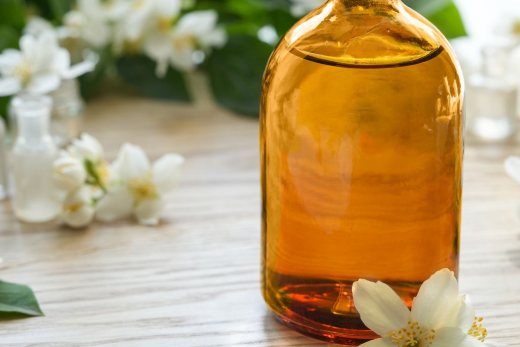Perfumes occupy a unique place in our daily lives, evoking memories, emotions and personal identities. Since Antiquity, perfumes have fascinated and captivated with their ability to bewitch and seduce. This fascination extends to the complex and meticulous process of transforming raw raw materials into refined elixirs.
In this article, we delve into the heart of perfume making, revealing the secrets and techniques behind each bottle. From the selection of ingredients to the formulation of fragrances, including maceration and packaging, each step is crucial to creating a unique olfactory symphony. Discover how art and science meet in the world of perfumery to produce creations that delight our senses.
The essential ingredients of a perfume

The creation of a perfume is based on a careful selection of ingredients which bring richness and depth to the final fragrance.
Natural raw materials
Natural sources are the heart of traditional perfumes. They include:
- Flowers : such as rose, jasmine, and ylang-ylang.
- Spices: such as cinnamon, nutmeg, and cloves.
- Wood: such as sandalwood, cedar, and oud wood.
- Resins: like frankincense and myrrh.
These ingredients are carefully harvested and processed to capture their unique olfactory essences.
Synthetic raw materials
Synthetic molecules play a crucial role in modern perfumery. They allow you to:
- Reproduce rare or missing aromas.
- Create new and innovative notes.
- Stabilize compositions for longer hold.
Thanks to chemistry, perfumers can explore endless creative possibilities, while respecting natural resources.
The importance of essential oils
Essential oils are extracted by methods such as steam distillation or solvent extraction. These processes make it possible to obtain concentrated extracts of:
- Plants
- Flowers
- Barks
Used for their aromatic and therapeutic properties, essential oils are fundamental elements in the formulation of perfumes, bringing depth and complexity to olfactory compositions.
The process of creating a perfume
Creating a perfume is a complex art that combines inspiration, science and patience to produce a unique and harmonious fragrance. By exploring the different types of perfumes , we discover the diversity and richness of the olfactory compositions that make each creation so special.
Inspiration and design
Perfumers, often called "noses", find their inspiration in various sources such as nature, memories, emotions or even art. They imagine a new fragrance by combining olfactory notes that tell a story or evoke a particular sensation. This creative process is the first step towards the birth of a perfume.
The formulation of the perfume
Formulation is the step where the different notes are put together to create a balanced composition. A perfume is structured into three levels:
- Top notes: first impressions, often fresh and light.
- Heart notes: the soul of the perfume, richer and more floral.
- Base notes: persistent, deep and woody notes.
Each note plays a crucial role in ensuring that the fragrance evolves pleasantly over time.
Maceration and maturation
Once formulated, the perfume enters the maceration phase, where it is left to settle to allow the ingredients to blend harmoniously. This maturation period can last from a few weeks to several months and is essential to stabilize the fragrance and develop its depth and longevity.
Filtration and conditioning
After maturation, the fragrance is filtered to remove impurities and ensure perfect clarity. Then, it is packaged in bottles, ready to be presented to consumers. The choice of bottle and packaging also plays an important role, adding to the aesthetics and overall appeal of the final product.
The different categories of perfumes

Perfumes come in several categories, each characterized by a specific concentration of essential oils, thus influencing their intensity and longevity.
Scent
Perfume , also known as perfume extract, has the highest concentration of essential oils, usually between 20% and 30%. This high concentration gives the perfume exceptional intensity and longevity, allowing the fragrance to last all day with just a few drops.
Perfume
Eau de parfum (EdP) is slightly less concentrated than perfume, with an essential oil concentration varying from 15% to 20%. It offers a good balance between intensity and longevity, making it popular for everyday use and on special occasions.
Eau de toilette
Eau de toilette (EdT) is a lighter version, with a concentration of essential oils ranging from 5% to 15%. Its lightness makes it ideal for daily use, offering a subtle and refreshing fragrance that often requires reapplications throughout the day.
Modern techniques and innovations in perfumery

The perfume industry is constantly evolving thanks to technological advances and an increased awareness of the importance of sustainability and eco-responsibility.
Technological advances
Advances in biotechnology and artificial intelligence are transforming the way fragrances are created and produced. Biotechnology allows natural fragrance ingredients to be developed more sustainably and efficiently, reducing reliance on rare or endangered raw materials. Artificial intelligence, meanwhile, is used to analyze millions of olfactory combinations, helping perfumers design innovative fragrances with greater precision and speed.
Sustainability and eco-responsibility
The trend towards sustainable and eco-responsible practices is increasingly strong in the perfume industry. As consumers are more aware of the environmental impact of their choices, perfumers are striving to use eco-responsible ingredients, such as natural extracts from renewable sources. Additionally, sustainable production methods, such as reducing waste and using energy-efficient extraction techniques, are becoming the norm to minimize the ecological footprint of fragrances.
Conclusion
In summary, perfume making is a complex and fascinating process that combines art and science. We explored essential ingredients, ranging from natural raw materials to synthetic molecules, as well as the importance of essential oils. The process of creating a perfume, from inspiration to design, formulation, maceration, and bottling, requires careful expertise. The different categories of perfumes, such as perfume, eau de parfum, eau de toilette, and eau de Cologne, show the diversity of concentrations and uses. Finally, technological innovations and eco-responsible practices are revolutionizing the perfume industry.




